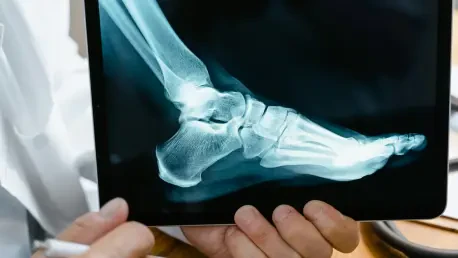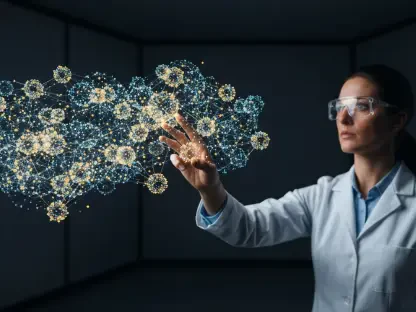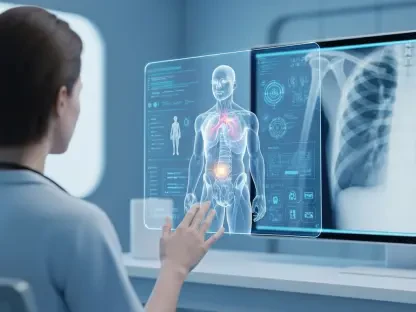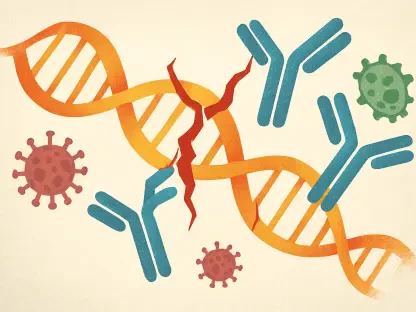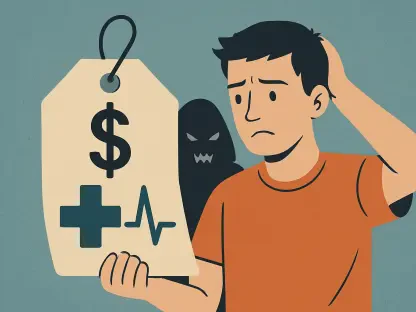The growing concern about climate change has permeated various industries, demanding substantial changes in practices to mitigate environmental impacts. The healthcare sector, known for its significant carbon footprint, is under scrutiny, particularly within radiology departments that rely on energy-intensive technologies and generate a considerable amount of waste. This situation poses a unique challenge and opportunity for radiographers who, due to their pivotal role in imaging practices, have the potential to spearhead sustainable solutions within their field. Understanding how radiographers can contribute to greener healthcare by implementing eco-friendly initiatives and fostering awareness can set the path for impactful change. The integration of sustainability in radiography is becoming ever more urgent as healthcare professionals recognize their responsibility toward environmental stewardship.
Radiographers hold a unique position to influence a sector that would rank as one of the world’s largest emitters if it were a sovereign entity. Their daily involvement with equipment and patient interaction places them at the forefront of efforts to enhance sustainability in diagnostic imaging. Global experts have echoed calls for radiographers to join hospital green teams aimed at identifying and reducing carbon footprints. These teams advocate strategies across departments such as optimizing patient transportation, managing energy consumption, and improving waste disposal methods. By shifting various operational practices towards green methodologies, radiographers can significantly reduce harmful emissions linked to healthcare operations. Although they face challenges like limited authority and management support, their collective efforts—alongside increased managerial buy-in—can lead to significant advancements toward eco-friendly imaging.
Raising Awareness and Education
Education emerges as a decisive tool for instilling eco-consciousness among radiographers, particularly for those entering the field. Industry experts stress the importance of robust educational frameworks that integrate sustainability concepts into radiography curricula. Such initiatives aim to equip future radiographers with the knowledge to make informed choices that benefit both patient care and the environment. Students and professionals alike show interest in reducing their carbon footprint but often encounter barriers due to a lack of guidance and clear actionable steps. Radiography programs are encouraged to intertwine traditional teaching with sustainability principles, allowing students to critique unnecessary imaging procedures, thereby fostering smarter, greener radiographic practices.
Clinical settings offer students opportunities to apply theoretical knowledge practically, where they can witness energy mismanagement and poor waste disposal firsthand. Few departments showcase sustainability as a priority, which invites a paradigm shift where educators and clinical managers collaborate to illustrate sustainable practices actively. Mentorship during placements and continuous professional development can elevate awareness about the sector’s environmental impact. Educational reform addressing these paradigms is essential to empower radiographers, allowing them to make pertinent changes within their workplaces. By doing so, stakeholders can cultivate an eco-friendly culture deeply embedded in the professional ethos of radiography.
Innovative Practices in Radiology
Innovation in imaging practices serves as a catalyst for propagating eco-friendly initiatives within radiology. Radiographers are encouraged to take advantage of emerging technologies designed to decrease energy consumption and minimize waste. Studies have shown that implementing energy-saving protocols and optimizing imaging schedules significantly cuts down on emissions. For example, setting equipment to energy-efficient modes during downtimes has shown substantial energy savings in various hospitals. Radiographers’ insights can drive procedural transformations that inadvertently align with reducing carbon footprints. Thoughtful management of resources and scheduling, like matching patient appointments to maximize resource efficiency, also contributes to sustainability.
Radiography departments undertaking collaborative efforts across multiple divisions can bring continuity in sustainable goals and elevate radiographers’ capacity to implement change. Concerted efforts require both horizontal and vertical collaborations within healthcare settings to address interdepartmental challenges and needs efficiently. Although radiographers often confront hurdles like limited decision-making power, cultivating a space where their insights influence workflow improvements can guide institutions as they navigate toward green healthcare. Partnerships with other medical specialties can foster shared commitments to eco-friendly practices. Collectively, these initiatives pave the way toward embedding sustainability across healthcare segments and orienting radiology practices with ecological integrity.
Achieving Sustainability through Incremental Change
The implementation of incremental changes has profound implications for achieving sustainable radiography practices. Cumulatively, small yet consistent adjustments offer valuable outcomes, reinforcing the ethos of sustainable healthcare while avoiding overwhelming transitions. Radiographers can start by examining daily practices, investing in energy-efficient equipment, and advocating for waste reduction measures. Simple actions like shutting down devices when not in use and enhancing waste separation methods, particularly in resource-heavy departments such as nuclear medicine, reduce substantial emissions. The engagement of each member within radiology departments ensures the normalization of eco-friendly practices. Hence, empowering radiographers to understand and contribute to sustainability initiatives augments their ability to affect change positively.
As staff increase their involvement in environmental discussions, resistance traditionally encountered due to limited organizational support gradually shifts toward acceptance and awareness. Green teams comprising enthusiastic radiographers will potentially drive departmental and cross-functional changes, fostering a culture receptive to environmental stewardship. Recognizing these shifts can significantly reduce the overall environmental impact of radiology practices, rendering healthcare more sustainable. Genuine progress relies on promoting managerial buy-in that complements radiographers’ endeavors to implement actionable steps. By centering focus on the interplay between small changes and sustainable development, radiology can increasingly embody responsible health management committed to preserving the planet.
Path Forward for Radiographers
The rising concern over climate change is impacting industries globally, urging significant revisions in practices to reduce environmental harm. The healthcare sector, notorious for its hefty carbon footprint, faces scrutiny, with radiology departments in the spotlight due to their reliance on energy-heavy technologies and substantial waste production. This scenario presents a distinct challenge, yet an opportunity for radiographers, who play a crucial role in imaging operations, to lead sustainable practices within the field. By embracing eco-friendly initiatives and increasing awareness, radiographers can pave the way for meaningful environmental change. Incorporating sustainability into radiography is increasingly urgent, as healthcare workers acknowledge their duty to environmental stewardship. Radiographers, through their routine engagement with imaging equipment and direct patient interactions, are well-positioned to drive sustainability efforts. Global experts advocate for radiographers to join hospital green teams focused on identifying and mitigating carbon footprints across departments.
